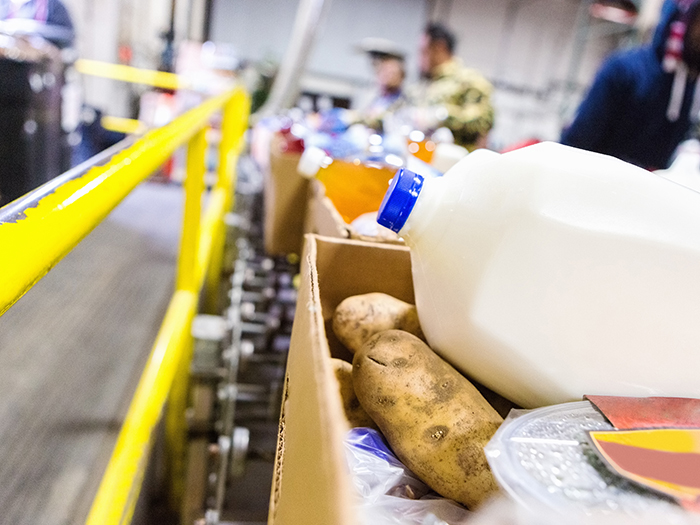AmTrust’s Erich Bublitz Shares Why Inflation May Be Driving Greater Interest Toward the E&S Insurance Market
Consumers are not the only ones who are dealing with rising costs due to the high inflation of the past year. You can see the impact on all business sectors, including different business lines of the insurance industry.
An increase of just 1% in the inflation rate can raise the property and casualty combined ratio by two or three points. Since insurance companies charge prices today to pay for future claims, if the inflation rate continues to grow more significant than the amount predicted in the prices that were set, then insurers might not have the funds on hand to pay claims.
Inflation History
Inflation is measured by the Consumer Price Index, which calculates the average change over time of prices for consumer goods and services.
During most of the 1970s, inflation rates ranged from 6% to 14%, primarily due to the surges in the price of oil. At the end of the decade, the Federal Reserve raised interest rates from 10% to 20% resulting in a recession.
However, the severe economic measures worked, and by the early 1980s, inflation returned to an average level.
Inflation numbers have gone up and down since that time. Today, as the world’s economy recovers from COVID-19 pandemic shutdowns, supply chain issues, labor shortages and higher consumer demands, inflation rates have grown to 8.6%, the highest in 40 years.
Insurance and Inflation
The high inflation of the 1970s and early 1980s adversely affected the insurance industry resulting in weaker underwriting, significant losses for carriers and coverage challenges for policyholders. Today’s insurance industry is in a better place and can sustain reserve losses and quickly identify and respond to loss trends during times of higher inflation.
Medical inflation can lead to higher costs and premiums in the workers’ compensation sector.
Usually, medical inflation exceeds the overall inflation numbers in the economy. But right now, medical inflation numbers are around 2.9%, well below the recent 8.3% rates from a few months ago.
Economic trends, such as wage inflation, lost time claim frequency and medical severity, could impact the workers’ compensation market.
Social inflation, or the rising costs of insurance claims due to socioeconomic, legal and behavioral trends, can affect the unique exposures written in the E&S market. The underlying drivers behind social inflation continue to grow at a rate higher than current inflation levels resulting in higher customer premiums and a hard E&S market.
How Does the Rising Cost of Construction Materials Impact the Insurance Industry?
A surge in home improvement projects during COVID-19, new home construction, natural catastrophe repairs and labor shortages are impacting construction services and materials prices.
COVID-19 shutdowns, production issues due to limited staff, and supply chain problems are all adding to delays in construction projects and ultimately to higher loss costs.
The price of construction materials, especially lumber, has increased dramatically over the past few years. Lumber mills and suppliers thought there would be a slowdown in requests for materials during and after the shutdowns and were slower to return to full production during the shutdown recovery.
This caused a higher demand for lumber at a higher cost.
All these factors could then affect insurance carriers by making it harder for underwriters to correctly price or forecast for the future, the risk of being underinsured is greater, and higher claim costs and increased annual premiums.
Inflation and the E&S Market
Because the E&S market has experienced rapid growth over the past few years with a hardening market and higher inflation rates, E&S carriers are looking to ensure that rates are appropriate to pay claims today and tomorrow.
Since E&S can make adjustments to rates more rapidly than standard market carriers, E&S is able to better adjust for the increase in inflation and the financial uncertainty currently being experienced.
As mentioned earlier, the high inflation in the 1970s and early 1980s led to a rough time for the insurance industry. Today’s higher numbers could lead traditional carriers to become more cautious, potentially pushing some businesses to look to the E&S market for coverage. Social inflation issues may move even more businesses towards E&S coverage.
It is crucial to have proactive risk management processes in place to stay viable against shaky economic factors. &










